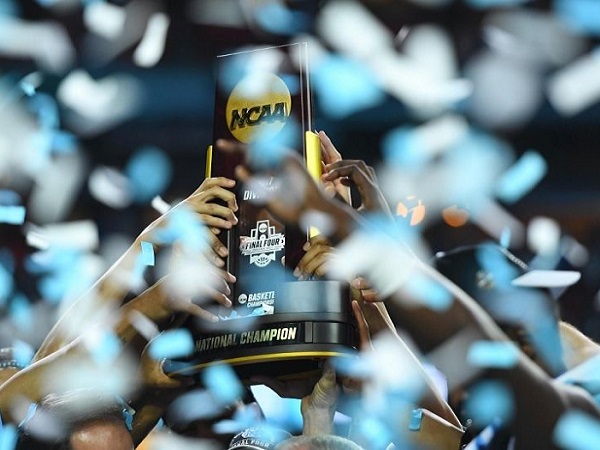There was a time when four major broadcast channels dominated television. The channel offering expanded over time and eventually consumers could choose from thousands of channels through their cable or satellite packages. Today, most streaming platform users average three to four accounts (e.g., Netflix, Amazon, and Peacock). However, each one of those accounts averages 100,000 hours or more of content—some of which is live and includes sports.
One of the challenges that studios and content streaming platforms face is that they are spending large dollar amounts on purchasing, developing, producing, and distributing film, television, and entertainment, media, and live sports content, but do not necessarily have the subscribers to offset the cost of content spend. Furthermore, studios, technology, networks, and streaming companies need to build the platforms, which is an additional capital investment. The net effect is that many Hollywood studios and their streaming platforms have to float the investment in the platform until subscriber numbers get to the point where they pay for and eventually exceed the outgoing cash paying for content.
Disney+ currently has 179 million subscribers compared to Netflix at 209 million. Netflix has the first-mover advantage launching in 2007 as an entertainment content subscription application/platform, while Disney launched twelve years later in November of 2019, right before a global pandemic (which possibly helped the platform grow as more people stayed at home consuming content). Disney is betting on its fans to pay for the $71.3 billion dollar purchase of the FOX entertainment assets. Netflix will spend $20 billion or more on content in 2021, Amazon is at $11 billion+, Apple+ is at $17.3 billion+, while Disney is at $8 billion+. Disney of course already owns a large library of intellectual property and derivative works so its content spend (outside of the Fox merger) is not as much, currently.
Recent examples show that Hollywood is moving its entertainment, media, and sports content away from division towards alliances, consolidation, and partnerships in distribution beyond traditional mergers and purchases. For example, Comcast and ViacomCBS, two competitors, are now offering SkyShowtime in Europe to compete with Disney and other streamers and content distributors. SkyShowtime will combine the content libraries of Comcast-owned NBCUniversal, and ViacomCBS-owned, CBS and Showtime, on one streaming distribution platform. Paramount+ is also owned by ViacomCBS, and in a separate deal with Comcast the two companies are combining content on a platform. For comparison sake, Comcast-owned Peacock and ViacomCBS-owned Paramount+ have 94 million total subscribers.
Disney, in its purchase of the FOX assets, also obtained a majority stake in streamer Hulu. Disney has been bundling the content of Disney+, ESPN+, and Hulu for a monthly fee. However, it is now considering combining those three content libraries on one platform for easier access (and possibly a higher price), but is likely waiting for it some of its sports media rights deals to be renegotiated, expire, or renew before making the distribution change because of legal restrictions.
Content partnerships are becoming even more prevalent in the music, podcast, and health space. Spotify, Peloton, Equinox, and Amazon are all purchasing and licensing music, entertainment, and podcast content to increase interest (and advertisement opportunities) on their platforms. The goal is that by adding more Hollywood and sports talent the result is increased engagement, subscribers, and downloads. The underlying streaming technology has become so valuable and important that Disney just purchased the National Hockey League’s stake in BAMTech, aptly renamed Disney Streaming Services. Major League Baseball still retains 15% ownership, but is likely to sell its stake for somewhere between $700 million and $1 billion dollars in the coming year or so. All said, it will be interesting to follow what alliances and partnerships occur going forward in Hollywood and beyond with content.
Copyright © 2021. California Sports Lawyer®. All Rights Reserved.


























[…] the pandemic accelerated the move to digital and it allowed competitors to gain subscribers because people were spending more time at home. More subscribers and […]